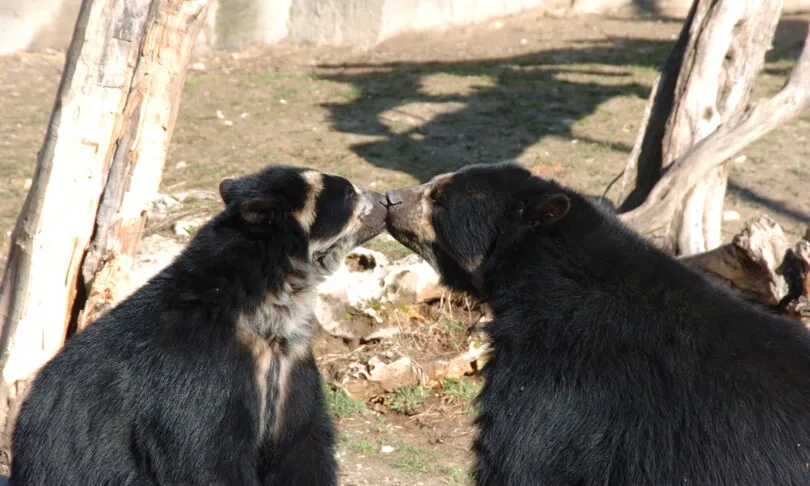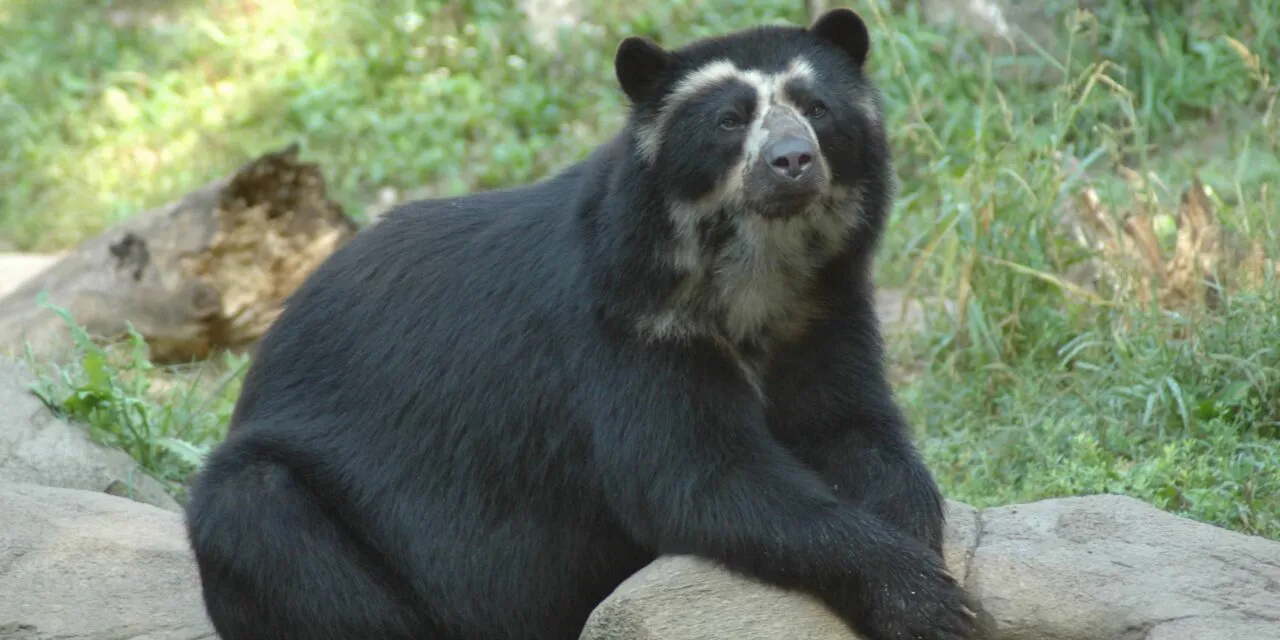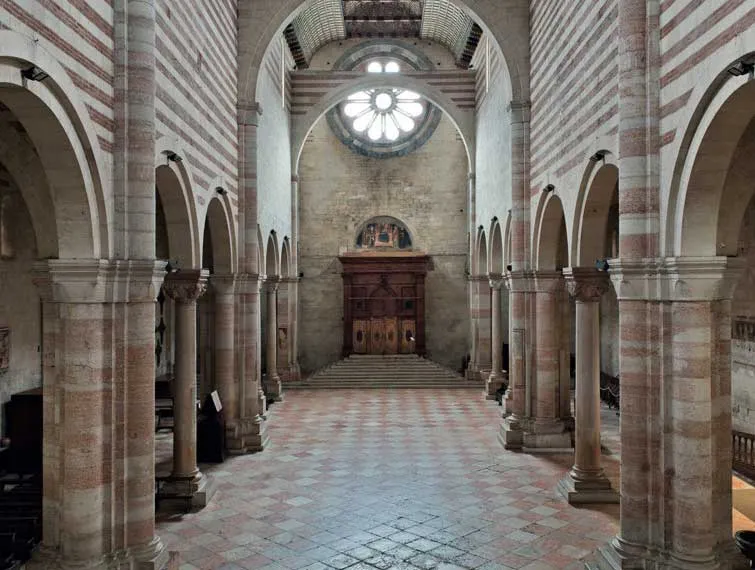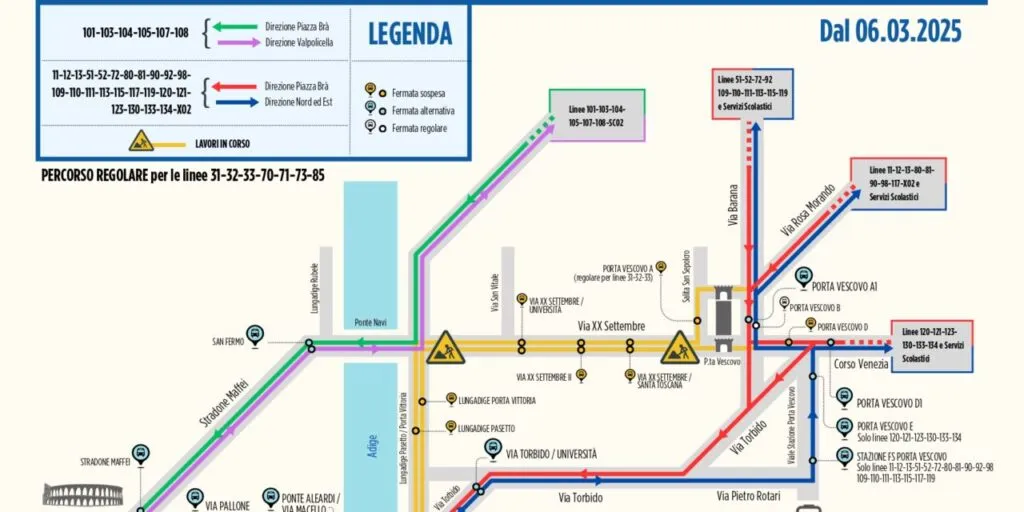(by Elisabetta Gallina) After the death of her life partner, Bahia, Italy’s last spectacled bear, joined him after only four months. Bahia and Luis had lived together for almost thirty years in their sanctuary in the Parco Natura Viva, a Centre for the protection of endangered species in Bussolengo. They were Italy’s last Andean bear, a species listed as ‘vulnerable’ by the International Union for Conservation of Nature (IUCN).
Bahia was the longest-lived bear and, together with her partner, had broken the record for longevity as a couple, which had never been achieved in any other zoological facility. In fact, the couple had spent twenty-nine years together and had given birth to two cubs, Balù in ’98 and Tunk in 2007.
Bahia and Luis had endeared themselves to visitors with their different but complementary characters. “Famous are the pictures of Bahia struggling to climb trunks and branches to reach the various delicacies prepared by the keepers, while Luis, sitting calmly on the right path, waited for good pieces of the prey to slip from his paws and fall to the ground” recalls Caterina Spiezio, the Park’s conservation manager.

Above all, the two specimens helped to protect the species. Indeed, Cesare Avesani Zaborra, CEO of Parco Natura Viva, emphasises the importance of their presence in the park, which has led to the creation of conservation projects in Ecuador through research, recovery, rehabilitation and the release of rehabilitated individuals.
A species considered endangered. There are 124 specimens left in zoological parks around the world, and between 2.500 and 10.000 in the wild in the Andes. According to studies by the Bear Specialist Group, the Andean bear has experienced a 30% decline in the 30 years between 2000 and 2030. The causes of the Andean bear’s decline are human activities such as deforestation, intensive agriculture, including illegal drug production, and pollution. There is also the problem of poaching. Although legislation against bear hunting exists, it is rarely enforced and there are cases of Andean bears being killed even within protected areas. For this reason, the IUCN has recommended conservation measures, which in some cases have had positive results, such as the creation of the Society for the Conservation of the Spectacled Bear in Peru.
Decisions are now awaited from the European Association of Zoos and Aquaria (EAZA). Decisions that could also affect the new presence of the Andean bear in the Verona Zoological Park.
More information about Parco Natura Viva HERE IN ENGLISH















